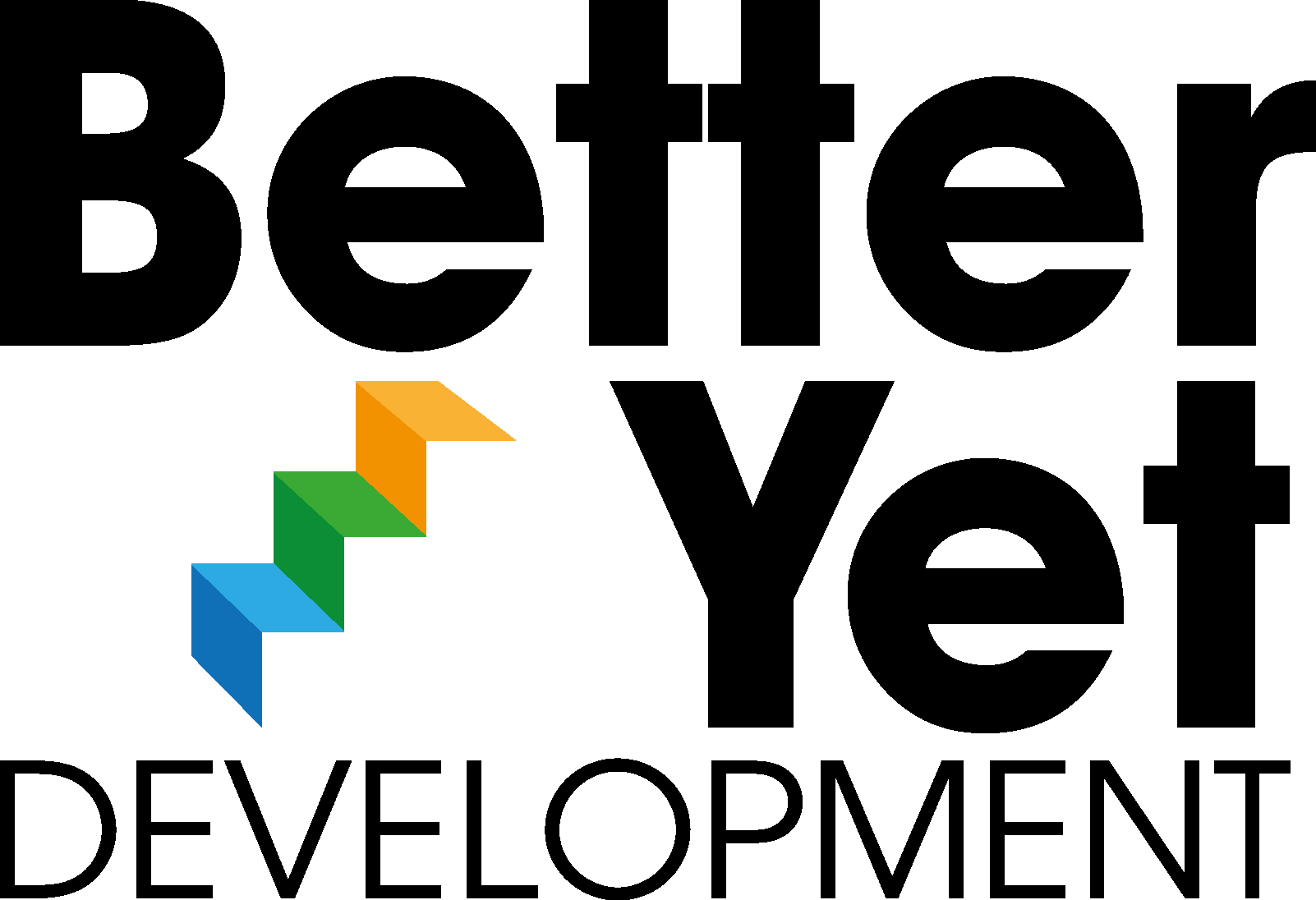The pandemic and its associated disruption has thrown everything into the air for a while.
Not least, the last 15 months has required all of us, individuals and organisations, to participate in a huge Working From Home experiment. And now, for many parts of the world, it’s time to think about and plan for what’s next.
Many employees miss the regular face-to-face contact and structure provided by the office. Quite a lot don’t.
Quite a lot either prefer working from home and would like to continue or would like the best of both worlds – the opportunity to work from home some of the week and have access to the office and colleagues (and customers) for the balance. The so-called hybrid model.
There’s a huge amount of chatter and opinion about which model is most appropriate and how to go about implementing your model of choice.
It’s a noisy and unavoidable discussion. I don’t really want to go there.
One question keeps nagging away though. Why do so many employees want to spend less time in offices?
Data from PWC suggests that as many as 29% would prefer to work entirely from home, with 55% of employees expressing a preference for at least 3 days a week from home.
I don’t have an answer to my nagging question. I doubt that many do. Which strikes me as problematic. The majority of the workforce want to change where they work from for most of the time. Wouldn’t it be helpful to know more?
We get that a lot of people (52%) say they’re more productive working remotely. We also know that many value additional family time and reduced commutes, so quality of life is a big factor.
But wouldn’t it be good to know why nearly a third of the workforce don’t want to spend any time in offices?
If data is being used at all to drive decision-making about work models, overwhelmingly it will have come from surveys. These surveys will have proved invaluable for organisations trying to navigate the unknown waters of 2020/21, but obviously, you only get back from a survey what you ask in the first place.
With changes of the scale now being considered and generational opportunities for transformation, surely it’s time to do something radical?
Let’s talk with our people.
Properly.
I’m not suggesting large, complex, corporate communications programs. Rather, real, team-level conversations to find out exactly what people do and don’t want from how work is organised.
Teams are the natural place to hold these conversations. Everyone is part of a team, it’s where the majority of the work gets done and they’re typically small enough to have an open, but sufficiently deep 2-way discussion.
It’s also likely that many of the issues raised would be fixable at team level, meaning that the exercise could quickly provide the sort of meaningful results that company-wide surveys always struggle to achieve.
Like every good conversation, team leaders should ask and then listen. And keep listening. Not judging or justifying, not asking “Why?”. Simply asking questions for clarity or to dig a little deeper.
When you think about the best, most valuable conversations you’ve participated in, they’ve taken place in a spirit of mutual empathy and openness.
It helps when all in the conversation are intent on listening and are prepared to learn from each other and change their minds when new perspectives are put forward.
Here are some questions to get the conversation going. It’s not an exhaustive list:
- What is it about working remotely that’s preferable for you?
- What is it about working in the office that is preferable?
- What stops you doing your best work?
- What could we do that would make doing your best work easier?
- What have we got wrong about the way we work in the office?
- What could we practically do to fix that?
- Over the last 15-16 months, what have we got wrong about the way we work from home?
- What could we practically do to fix that?
- How can we manage the way we work so that the team is stronger?
- What do I as Team Leader need to do differently?
- What do you as members of this team need to do differently?
- What will we do differently?
- What can leadership do differently?
Having a conversation like this at team level, gives team leaders an opportunity to act on what they hear. It doesn’t mean doing everything team members ask for. What it does mean is considering all suggestions and acting at the point where there’s an overlap between what the team wants and what’s in the organisation’s best interests.
This is where credibility is found.
Of course, some issues raised will need to be passed up the chain for resolution and smart organisations will get smarter by collating what they learn from these discussions.
Team level conversations are worth doing well because, we might learn something that we hadn’t considered, we’ll increase rapport and trust with our teams and we’ll give ourselves the chance to make work better.
Most organisations are facing a complex and difficult transition, where pleasing everyone is going to be a near impossibility.
In my experience as a Team Performance Coach, people are much more likely to adapt and adjust when they feel truly listened to.

